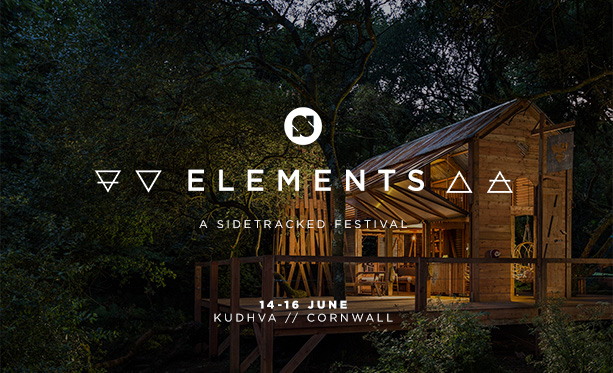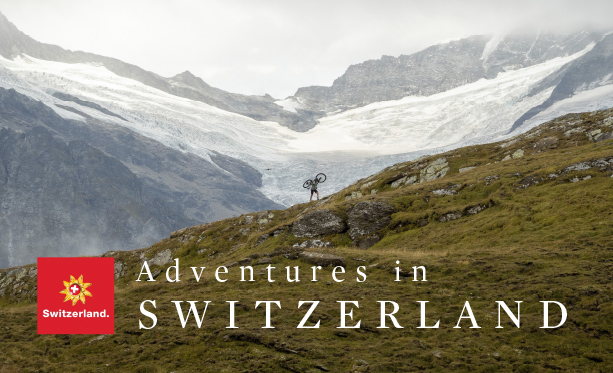A Different World
Inspiration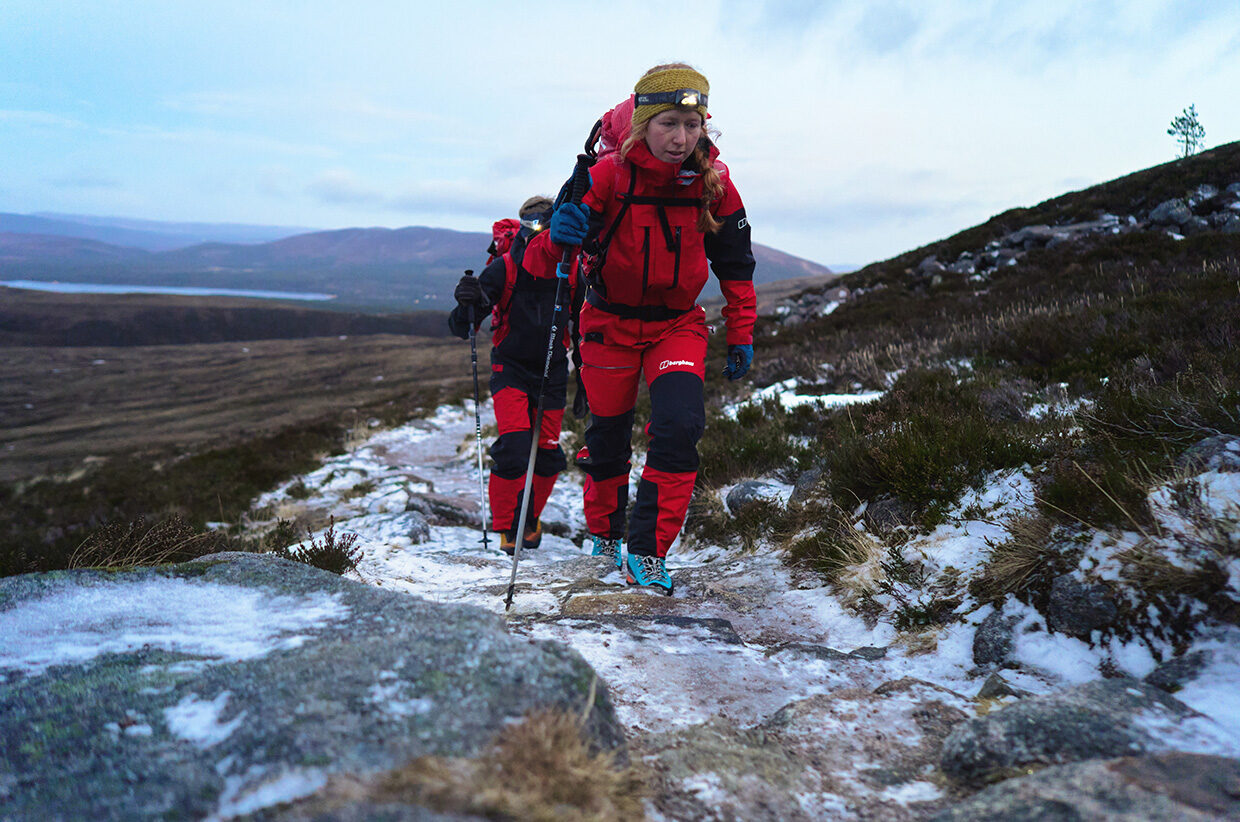
In Conversation with Morag Skelton
Written by Harriet Osborne // Photography by Hamish Frost
‘It’s a different world, climbing when you can’t hear any sound. It’s just me, the wind, and the wall. My mind disappears: all I think about is my next move and gear placement.’
As Berghaus presents The Ascension Series, featuring remarkable people breaking down barriers in the outdoors, we speak to deaf climber Morag Skelton – about the role nature played in her own journey, and how she has made it her mission to help everyone get out into the mountains.
Deaf climber Morag Skelton has dedicated her life to breaking down barriers to the outdoors. Despite facing anxiety, nerves, and pressure, she continues to push herself mentally and physically to reach new milestones. Morag is currently preparing for her Mountaineering and Climbing Instructor (MCI) assessment, the highest qualification in summer mountaineering. She hopes to create an inclusive environment and communicate with deaf climbers using sign language. For her, the outdoors is not just a place to explore but where she feels most like herself.
Sidetracked: You grew up with nature on your doorstep. Can you tell us about your earliest memories and key moments that got you to where you are today?
Morag Skelton:I have always spent most of my spare time outside: climbing, hiking, running, and skiing. My earliest memories are of playing on the wild beaches of North West Scotland with other kids of the same age, when we took a break from pedalling our tandems. We’d ride our bikes around the campsite in the evenings while our parents were wrapped up in belay jackets by the stove, waiting for their brew to boil. Those are my happy childhood memories. Playing outdoors in nature throughout my childhood got me to where I am today. The outdoors is where I feel most like myself.
How did you discover climbing, and why is it so important to you?
My climbing experience began at Glenmore Lodge, Scotland’s National Outdoor Training Centre, in the heart of the Cairngorms. My close friend Emma convinced me to work there because she knew I would fit in perfectly. I discovered an amazing community of adventurous people of all ages, and professional instructors from all over the UK who introduced me to the world of rock climbing. It also opened my eyes to the potential career opportunities in climbing and I have never looked back.
How do you feel when you’re in the mountains? What is it that keeps you coming back?
In contrast to cycling on windy roads in the Highlands, climbing takes me off the beaten path and into hidden gems around Scotland – there is so much more to explore. Spending time abroad also made me realise that Scotland is a paradise for climbing. It provides everything from bouldering to sport climbing, trad climbing and dry tooling to winter climbing.
Climbing never bores me because you usually find a new route whenever you go out. There are hundreds of routes I want to climb, so the opportunities are endless! When I’m on the steep walls, my mind just disappears. All I think about is my next move and gear placement. It’s a great stress reliever.
In the film, you talk about how your cochlear implant has changed over the years. How have technological advancements improved your experience of the outdoors?
When I first had a cochlear implant I would have to carry a box, usually in a bum bag, with a long lead attached to a magnet on my head. I remember that I never liked wearing it because it was uncomfortable against my skin. If worn on the outside, the lead could be easily caught on objects, pulling the magnet off my head and making me unable to hear anything. I used to wear a base layer vest to make it more comfortable, but this wasn’t pleasant on warmer days. Often it affected me when I sweated during exercise or changed how I chose to dress for the outdoors. Fortunately, it now just sits behind my ear. This is a big improvement, especially as a climber. I can wear my harness easily – without the faff of a bum bag being in the way, worrying about the bum bag, or box getting damp from my sweat or weather.
What are the biggest barriers preventing people who are D/deaf or hard of hearing from getting outdoors and how can we overcome them?
Communication is the biggest barrier to the outdoors. Learning new skills requires training and understanding. Podcasts and adventure short films are among the biggest ways to inspire other people to try new sports or just encourage them to go outside. Yet most of them are not accessible for D/deaf or hard of hearing people, due to a lack of subtitles or British Sign Language translation. I am over the moon that Berghaus has made The Ascension Series accessible for everyone.
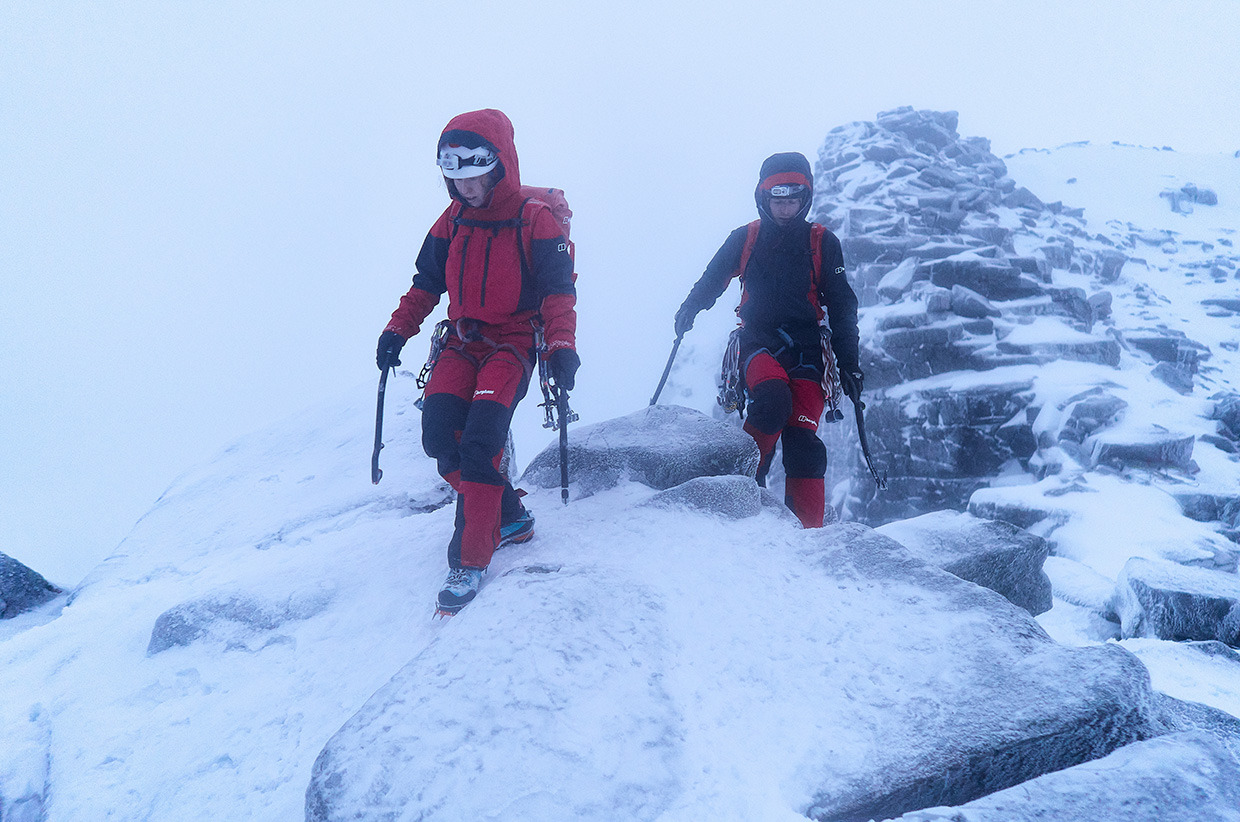
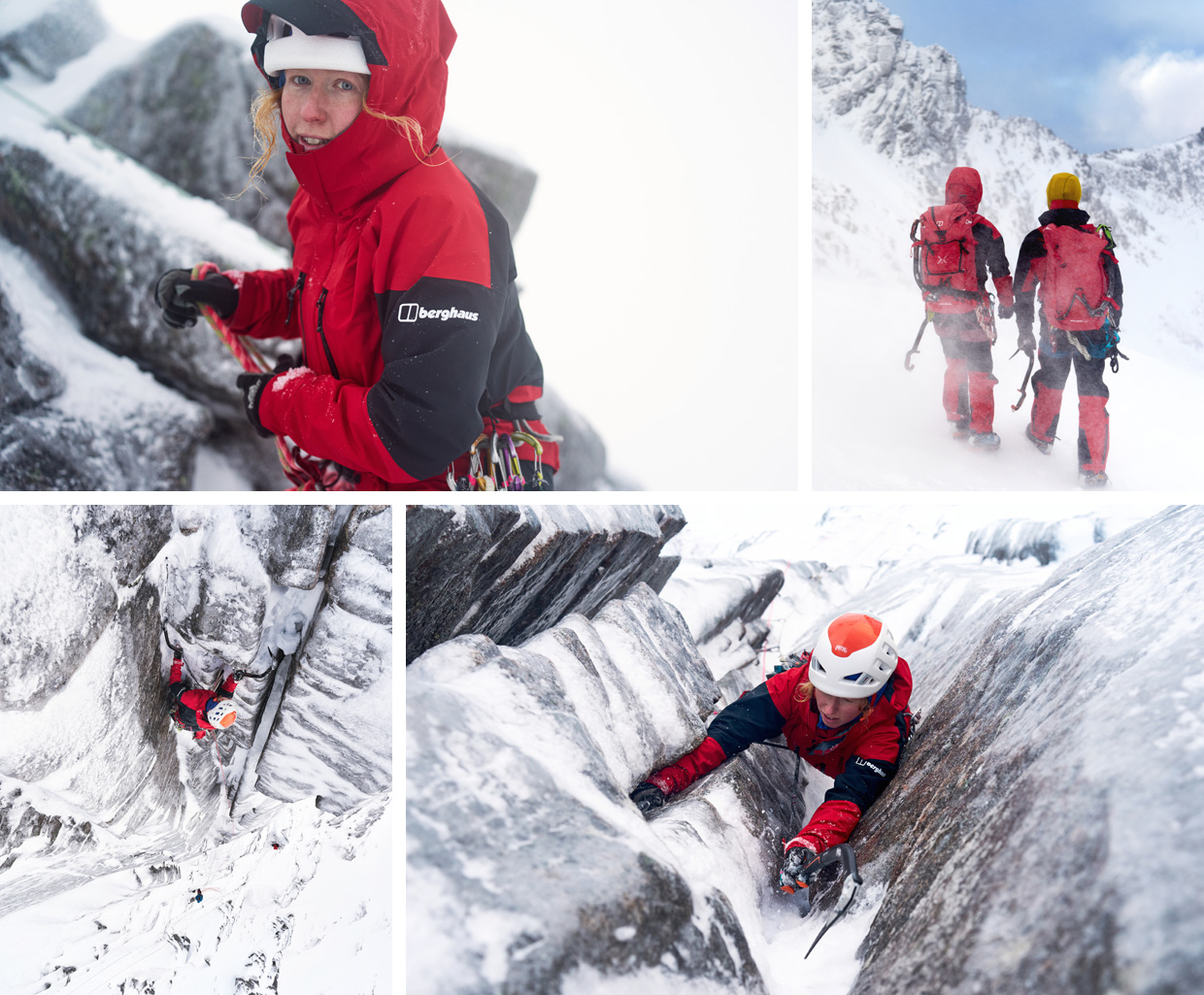
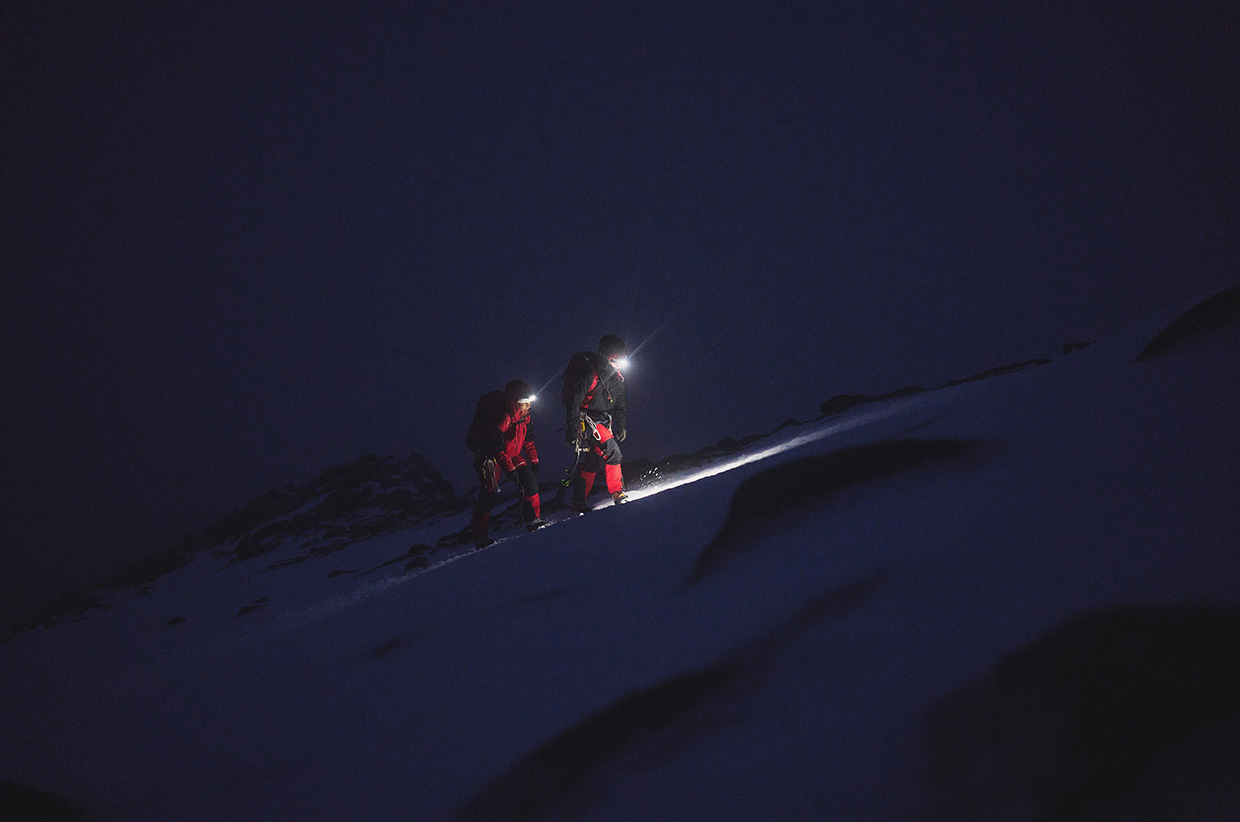
How has the absence of D/deaf people in the outdoors industry affected your own journey?
I knew there would be challenges and barriers – I had to accept that. I have dealt with a huge level of anxiety, nerves, and pressure and had to learn how to master this quickly at the start of an event or course. It’s harder for me to break the ice and settle down into something than for a person who can hear.
However, I knew I’d never achieve what I wanted if I didn’t throw myself into it. At school, I was lucky to have lip-reading training and a good speech therapist who made everyday life more accessible. Then when I left school, I had a choice to make. I could choose to be immersed in the deaf community or brave the hearing world. I took the plunge into the hearing world, and I’ve grown used to it over the last decade.
What has climbing and the outdoors taught you about yourself?
Climbing and being outdoors is where I feel most myself and happiest. I would struggle to spend a lot of time indoors. I love the fresh air and sense of remoteness. The people I meet and the friends I make are usually like-minded and good company. Being outdoors always lifts my mood, even if the weather is wild, knowing I’ll come home feeling rewarded.
What are you working towards or hoping to achieve in your climbing? How would you describe some of the changes you wish to see?
I have always enjoyed pushing the limits in climbing physically, but this year is different because I am doing my Mountaineering and Climbing Instructor (MCI) assessment. It’s the highest qualification in summer mountaineering that is recognised nationally in the UK.
One of my goals is to bridge the gap for deaf people. Some deaf people rely on sign language interpretation for communicating with ‘hearing people.’ A signing deaf person who wants to go scrambling is unlikely to hire a guide who knows how to sign. Finding an interpreter who is comfortable signing in unfamiliar terrain might be difficult. However, I hope that when I’m a qualified MCI, deaf clients would be able to hire me directly. They wouldn’t have to worry about finding an interpreter, as I can communicate directly with them using sign language while climbing and scrambling.
By 2035, the RNID estimates there will be around 14.2 million adults with hearing loss greater than 25dB HL across the UK. Berghaus believes this should not limit anyone’s access to enjoying and experiencing the outdoors or wild spaces. If you are D/deaf or hard of hearing and want to learn how to get into climbing, Berghaus will be running a dedicated course later in the year. To join, please contact Berghaus at [email protected]
The Ascension Series episode 2 tells the story of deaf climber, Morag Skelton, who has dedicated her life to breaking down barriers to the outdoors. Despite facing anxiety, nerves, and pressure, she continues to push herself mentally and physically to reach new milestones. Morag is currently preparing for her Mountaineering and Climbing Instructor (MCI) assessment, the highest qualification in summer mountaineering, so she can create an inclusive environment and communicate directly with deaf climbers using sign language. For her, the outdoors is not just a place to explore but where she feels most like herself.
Produced in Partnership with Berghaus // berghaus.com // @berghausofficial
Featuring Morag Skeleton // @morag_skelton
Written by Harriet Osborne // @harrietosborne
Photography by Hamish Frost // @hamishfrost



